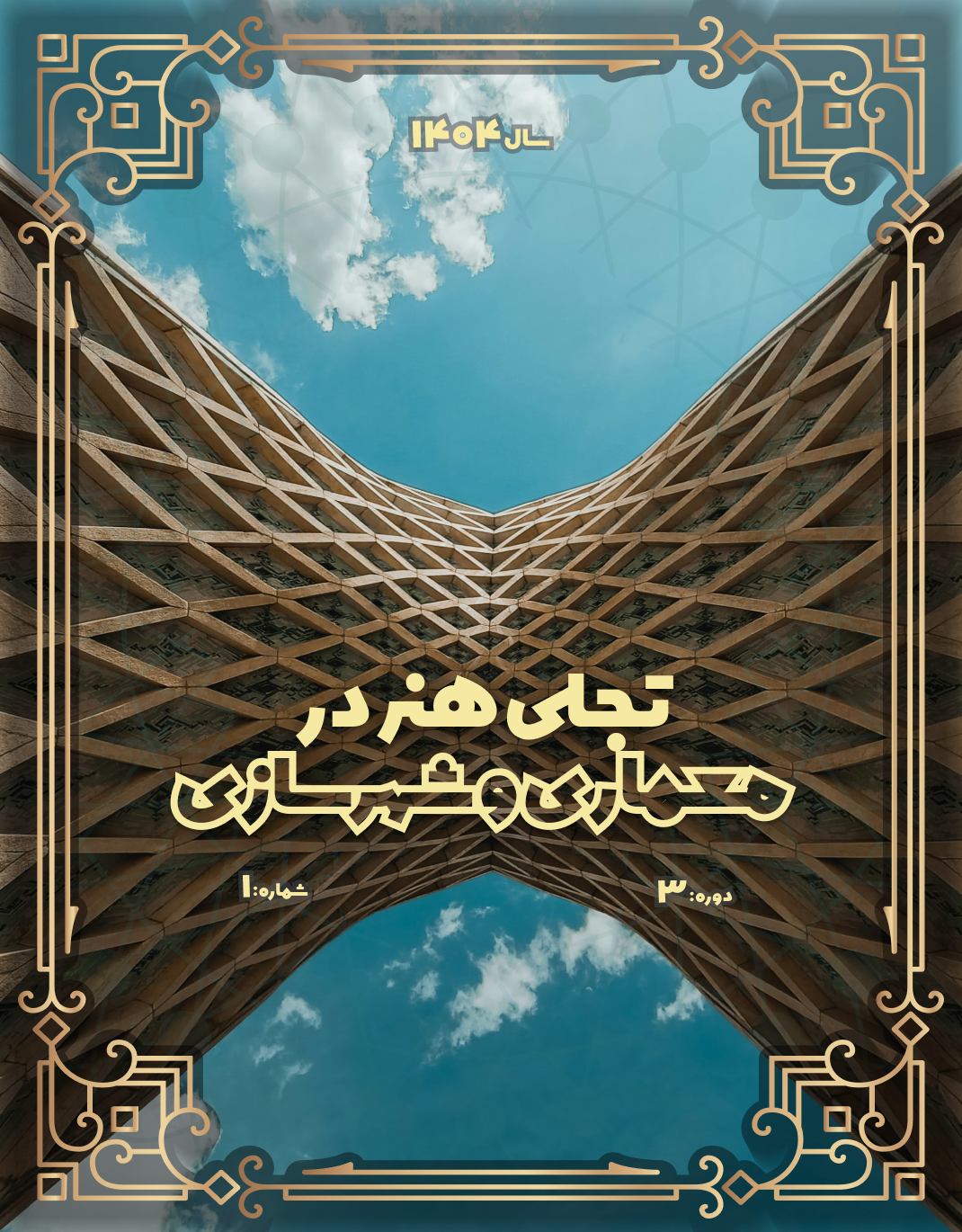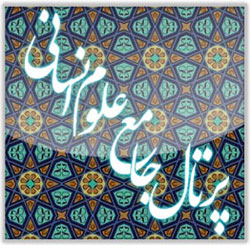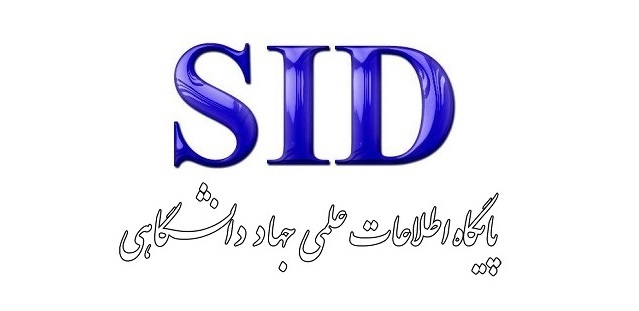Investigation and Explanation of Climate's Impact on Housing Typology During the Pahlavi Era in Tehran (Case Study: District 1)
Keywords:
Urban Development, Semantic Authenticity , Tehran, Modernization, Pahlavi ArchitectureAbstract
This study examines the profound impact of architecture during the Pahlavi era (1925–1979) on Tehran's urban landscape. The research demonstrates that modernization policies during this period led to fundamental transformations in Tehran's architecture, marked by a shift from traditional introverted styles to modern extroverted patterns.
During the **early Pahlavi period (1925–1941)**, despite the preservation of some traditional architectural elements, urban structures were predominantly shaped by Western influences. This trend intensified in the **late Pahlavi period (1941–1979)**, resulting in the emergence of modern buildings with international characteristics. While these developments contributed to urban infrastructure expansion and economic growth, they also brought significant negative consequences, including the destruction of historical fabrics, a rupture in architectural identity, and heightened social tensions.
The study emphasizes that a comprehensive understanding of this era requires a multidimensional analysis of the political, economic, and cultural factors influencing architecture. The findings provide a valuable framework for analyzing contemporary architectural developments in Iran.
Downloads
References
1. Hojjat I. The History of Contemporary Architecture in Iran: From the Beginning to the Second Pahlavi Period. Tehran: University of Tehran Press; 2016.
2. Karimi B, editor A Comparative Study of Residential Patterns in Different Areas of Tehran During the Pahlavi Period. International Congress on Contemporary Architecture; 2021; Shiraz.
3. Memarian G. Iranian Architecture during the Pahlavi Era: Tradition and Modernity. London: Routledge; 2018.
4. Borjian M. Modernization and its Discontents: Architectural Transformations in Pahlavi Iran. International Journal of Middle East Studies. 2017;49(3):439-61.
5. Daneshpour SA, Charmchi MT. A Comparative Study of Qajar and Pahlavi Residential Architecture in Tehran. Iranian Architectural Studies Quarterly. 2018;7(13):89-110.
6. E’tesam I. Urban Planning Developments in Pahlavi-Era Iran. Tehran: Shahidi Publishing; 2019.
7. Falahat MS, editor Typological Analysis of Modern Housing in Pahlavi-Era Tehran. Proceedings of the National Conference on Iranian Architecture and Urbanism; 2020 2020; University of Tehran.
8. Mohammadi A. Analysis of the Social Impacts of Residential Architecture in Pahlavi-Era Tehran: Tarbiat Modares University; 2018.
9. National Archives of I. Documents of Architecture and Urban Planning During the Pahlavi Period. Tehran: National Library and Archives of Iran; 2016.
10. Shaqaqi S. Modernization and Physical Transformations of Tehran During the Pahlavi Era. Tehran: Islamic Art University of Tabriz Press; 2015.
11. Vaziritabar S. Modern Architecture in Iran: Revisiting the Pahlavi Era. Architectural History. 2020;63:195-220.
12. Ehsani K. Social Engineering and Urban Transformation in Tehran under the Pahlavi Dynasty. Middle East Studies. 2006;42(3):361-80.
13. Rezaei M. A Comparative Study of Vernacular and Modern Architecture in Tehran’s Residential Buildings During the Pahlavi Period: Iran University of Science and Technology; 2015.
Downloads
Published
Submitted
Revised
Accepted
Issue
Section
License
Copyright (c) 2025 حسین ذوالفقاری (نویسنده); شهریار شقاقی; عباس غفاری, امیر حق جو (نویسنده)

This work is licensed under a Creative Commons Attribution-NonCommercial 4.0 International License.










